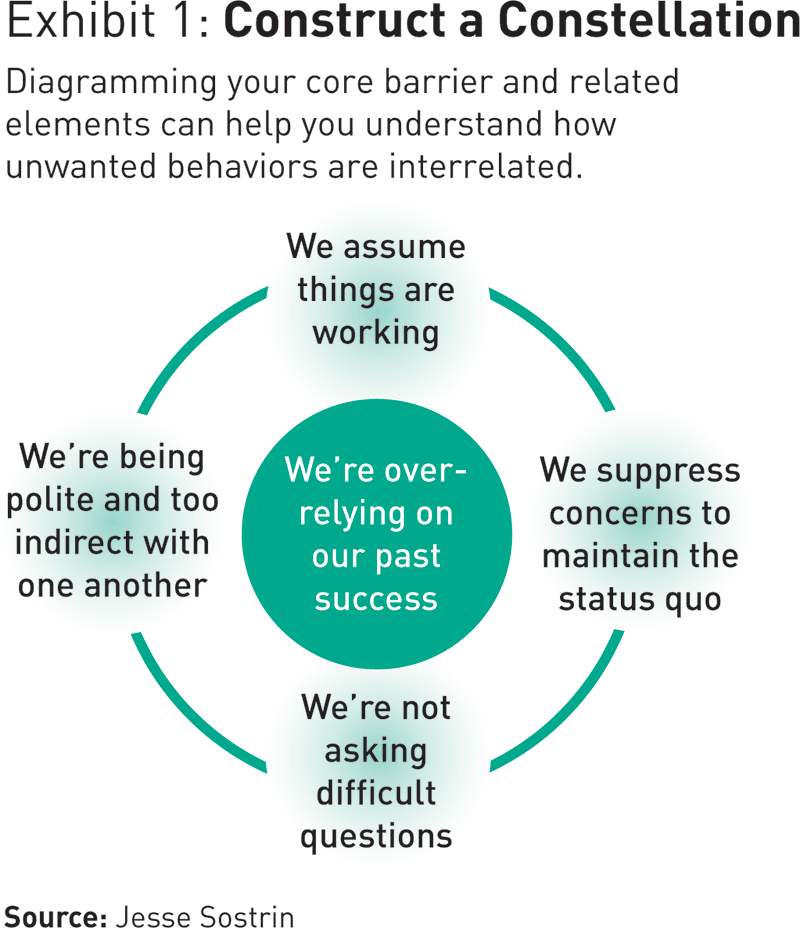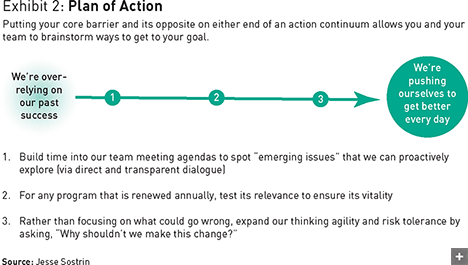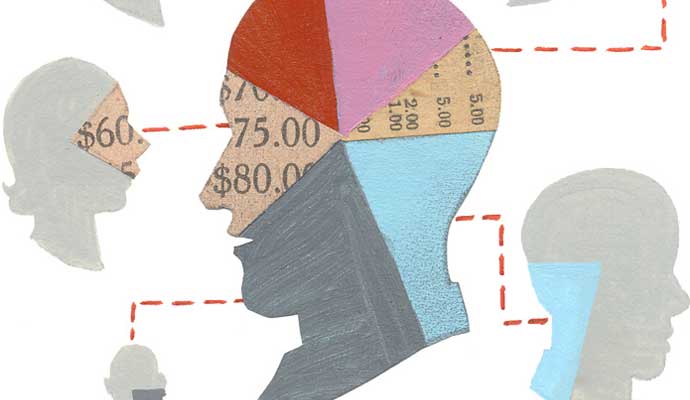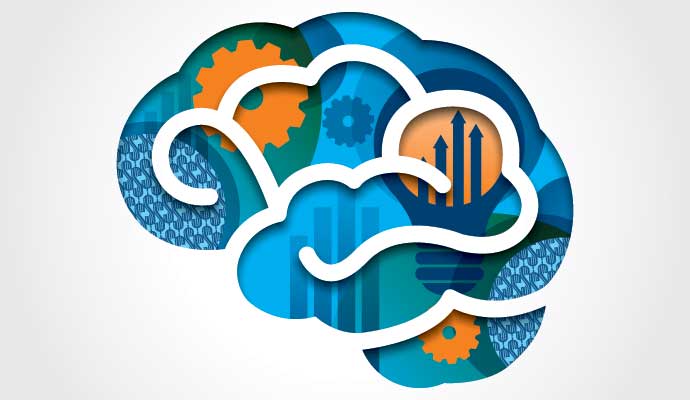Wake Your Sleeping Learning and Performance Giants
Tools for successful leaders to identify and tear down hidden barriers that prevent their team from reaching full potential.
There is a complex web of subtle and often hidden learning and performance challenges that affects everyone’s workday. Regardless of title or tenure, no one is immune to the barriers it puts up between you and your coworkers and between you and your goals. And there are no shortcuts to navigating your way safely through it. However, your capacity to recognize these challenges and take deliberate steps to manage them can create a distinctive competitive advantage.
I call these challenges the hidden curriculum of work because it is this unspoken, unwritten work that doesn’t show up in your job description, yet determines your ability to stand out. Learning to navigate it is a business imperative with significant untapped human-capital potential. And just like any other form of capital — social, political, financial — a leader can either squander it or leverage it.
Leaders should think of these challenges as sleeping giants because they represent big opportunities to learn and grow, but are hidden in plain sight. Indeed, these sleeping giants make up a large part of your company’s untapped learning and performance capital. If you want your people to get smarter and faster and elevate bottom-line results, you need to wake these giants and face them head-on.
For example, as a leader you rely on accurate, real-time updates and you don’t like surprises, especially when the news is not good. However, it is precisely when the news is bad that effective communication often declines. If your corporate culture is such that leaders unconsciously “blame the messenger,” people become reluctant to deliver bad news. This Mum effect — a term coined by psychologists Sidney Rosen and Abraham Tesser — means that people distance themselves from bad news out of fear they will be blamed by association. When this happens, critical issues get buried and disingenuous interactions overtake transparent exchanges. The sleeping giant here is the chance to examine how your corporate culture treats transparency. Although truth-telling may be an expected norm for your team, it’s probably not happening as often as you’d like.
Sleeping giants make up a large part of your company’s untapped learning and performance capital.
Once you’ve recognized a sleeping giant, how can you make it work for you? You must simultaneously remove the performance barriers and leverage the learning and performance potential within it. In the above case, the barrier is a reluctance to be completely transparent and the potential is the freedom to express ideas and be truthful without fear of punishment, which leads to better collaboration and decision making.
To simplify this process I’ve created a practical system to identify and transform everyday barriers using a tool I call a navigation map. Navigation maps offer a visual representation of how core barriers to learning and performance affect your current state — and how a leader must alter them to create the desired reality. What follows is an introduction to the process of producing a navigation map that resolves the barriers keeping you and your people from doing your best work.
Let’s consider Sara, the vice president of human resources for a mid-size professional-services firm. Sara held a series of meetings in which the feedback from managers on new-joiner readiness was negative. She commissioned a full review of on-boarding and discovered that the majority of the examples and scenarios instructors were using during orientation were derived from a limited set of success stories that had occurred before market conditions shifted dramatically. As a result, instead of presenting new employees with a current state of best practices and realistic performance expectations, they prescribed outdated advice that was not only irrelevant, but misleading to the point that it required managers to invest additional time in retraining.
For Sara, the sleeping giant was the opportunity for an honest assessment of how her team was overrelying on past success, including the subtle ways they’d insulated themselves from changes they needed to make. To arrive at this conclusion and eliminate the unwanted behaviors, she and her team held a two-hour discussion in which they produced a navigation map using these two steps:
1. Create a constellation of a core and related barriers. Here, a constellation is a pattern of related behaviors or experiences held in orbit by a core barrier that keeps the other unwanted elements in place (see Exhibit 1). It is a tool for untangling interrelated elements that may be difficult to distinguish otherwise. To create a constellation, you and your team identify the expected root cause and place it in the center. Then ask, “What else does this barrier push or pull into my experience?” Place these additional barriers in the peripheral circles, and then continue the process until the constellation is confirmed as accurate.
2. Flip the barrier and find the road map. Once you have identified the core barrier, you can determine the learning and performance elements needed to overcome it. Often, the solution to removing the barrier lies within the barrier itself. Simply turn it inside out and stretch it along an action continuum. Plot the core barrier at the far left and the opposite — a learning and performance goal — on the right (see Exhibit 2). Then you can brainstorm the key actions required to move from left to right and list them below.
Together, these two devices gave Sara and her team a more systemic picture of what was happening and what concrete steps they could take to create something better.
Companies that can leverage their untapped learning and performance capital are best positioned to achieve continuous improvement and innovation. Leaders who use systems and tools such as navigation maps that identify performance barriers and who make deliberate investments of time for dialogue about their root causes, permutations, and effects increase the capacity of their people to transform sleeping giants into opportunities. When this happens, trial and error gives way to a more flexible form of intelligent learning where people respond to and manipulate obstacles in their environment, exercise creativity as they interpret and resolve subtle yet important problems, and continuously adapt their knowledge to advance self-generating cycles of performance.







